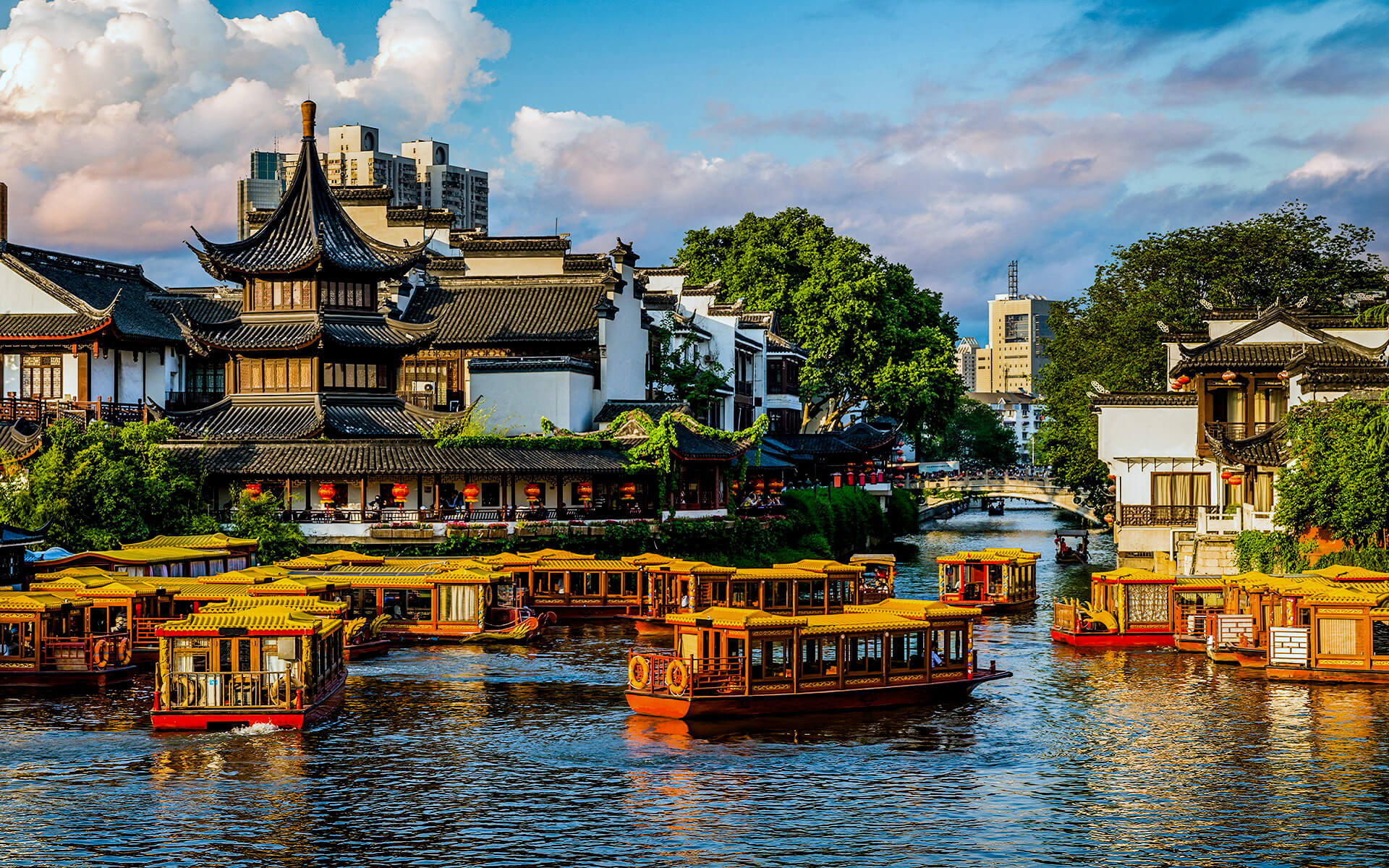[lwptoc]
With a population of 8,230,000, Nanjing is the capital of Jiangsu Province in the People’s Republic of China and the second biggest city in the east China area. It has long been a significant center of culture, education, science, politics, economics, transportation networks, and tourism, and it constitutionally remains the capital of the Republic of China, which lost the mainland during the civil war.
From the third century AD through 1949, the city played an important role in Chinese history and culture, serving as the capital of successive Chinese dynasties, kingdoms, and republican administrations. Prior to the introduction of pinyin romanization, the city name of Nanjing was spelt Nanking or Nankin. Nanjing had many previous names, and some of them are currently used as district names in the city, such as Jiangning, whose former character Jiang (, River) is the former portion of the name Jiangsu and later character Ning (, simplified version, Peace) is the short name of Nanjing. When referring to the capital of a state, such as the ROC, Jing is used as an abbreviation for Nanjing. Although Nanjing was chosen as the Chinese national capital as early as the Jin dynasty, the name Nanjing was given to the city around a thousand years later, in the Ming dynasty. Nanjing is also known as Jinling or Ginling (, meaning “Gold Mountain”), a name that has been used since the Warring States Period of the Zhou Dynasty.
Nanjing, located in the Yangtze River Delta in the heart of east China, is home to one of the world’s major inland ports. Nanjing is also one of the fifteen sub-provincial cities in the administrative framework of the People’s Republic of China, with jurisdictional and economic autonomy comparable to that of a province. Nanjing was placed seventh in the National Statistics Bureau’s study of “Cities with Strongest Comprehensive Strength,” and second in the Yangtze River Delta’s evaluation of cities with the most sustainable growth potential. It has also received the 2008 Chinese Habitat Scroll of Honour, the Special UN Habitat Scroll of Honour Award, and the National Civilized City designation. Nanjing has several high-quality universities and research centers, with the city placing third in terms of the number of universities included in the 100 National Key Universities, including Nanjing University. The ratio of college students to total population is the highest in the country among metropolitan cities. According to Nature Index, Nanjing is one of the top three Chinese research cities.
Nanjing, one of the nation’s most significant cities for over a thousand years, is acknowledged as one of China’s Four Great Ancient Capitals, and had been the world’s biggest city aggregately for hundreds of years, enjoying peace and prosperity as well as bearing wars and tragedies.
After the establishment of the People’s Republic of China, it served as the capital city of Jiangsu province, and it is now the titular capital of the Republic of China, housing several of its key cultural buildings, including the Presidential Palace and the Sun Yat-sen Mausoleum. Fuzimiao, Ming Palace, Chaotian Palace, Porcelain Tower, Drum Tower, Stone City, City Wall, Qinhuai River, Xuanwu Lake, and Purple Mountain are some of Nanjing’s most notable human historical landscapes, mountains, and rivers. Nanjing Library, Nanjing Museum, and Art Museum are among the city’s most important cultural institutions.


